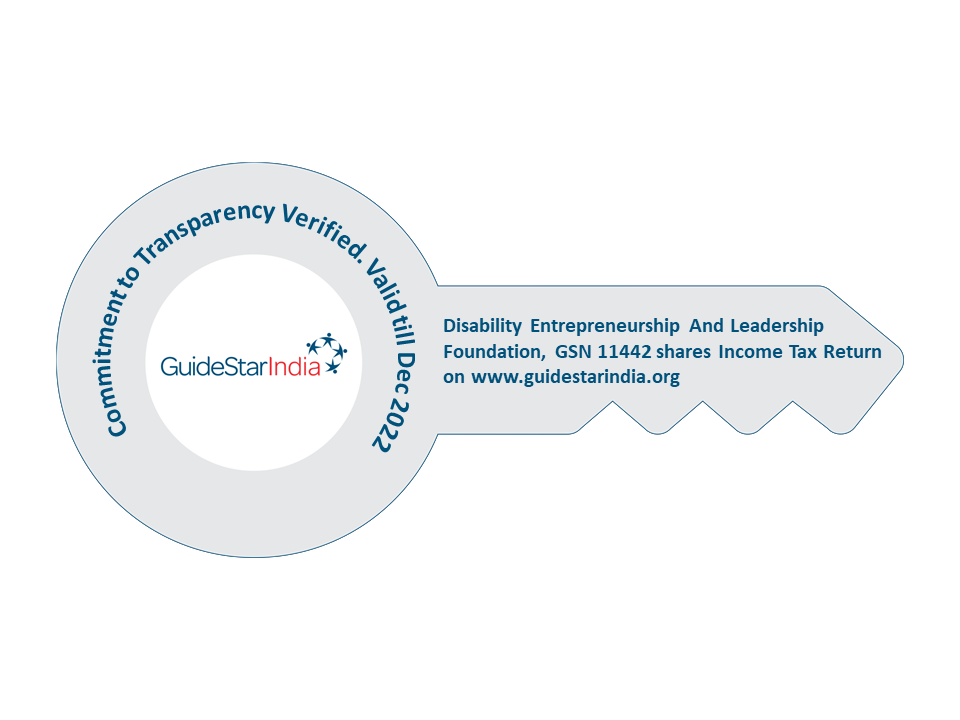I would like to believe that the information provided by the cards invented by Dr Bharati Chimmad (UASD) has proved useful in maintaining a healthy and a balanced life.
I would also like to feel certain that by now most of us have understood how important it is to keep ourselves fit and healthy.
You will be pleased to know that it doesn’t just stop here, but there are lots more to come.
Before I go in to the details, let me quickly remind you how the game goes.
There is a pack of seventy three health and nutrition cards. Each card contains a colourful image of the food produce for example vegetable, fruit etc. with nutrition information printed on its reverse. The packs of cards are shuffled before being distributed equally among players without disclosing the nutrition information contained in the cards. Each player arranges his or her cards in a neat pile without disclosing to other players the content of his or her cards.
In the first round, the topmost card will be picked up by the first player and the name of the food and the main nutrient content is announced aloud. Other players follow and do the same. Cards from respective players are compared to see which card has the topmost nutrition value. The player who declares highest nutrient content gains all the cards that were played in that round. The game continues and the player who ends up with most number of cards is the winner.
Today let’s understand in detail a few more interesting and useful information.
All-purpose flour (maida)
All-purpose flour, also known as refined flour or simply flour is made from wheat grains after removing the brown covering. It is then milled, refined and bleached. It is very common in Indian cuisine especially for various many Indian breads.
It contains the following nutrients.
Per 100g
| Energy (Kcal) | 348 |
| Protein (g) | 11 |
| Fat (g) | 0.9 |
| Dietary fiber (g) | 2.8 |
| Calcium (mg) | 23 |
| Iron (mg) | 2.7 |
Wheat flour
Enriched wheat flour may be a good source of iron, thiamine, niacin, calcium, and vitamin B6, in addition to the above nutrients. Whole wheat may be a decent source of several vitamins and minerals, including selenium, manganese, phosphorus, copper, and folate. It contains the following nutrients.
Per 100g
| Energy (Kcal) | 341 |
| Protein (g) | 12.1 |
| Fat (g) | 1.7 |
| Dietary Fiber (g) | 12.5 |
| Calcium (mg) | 48 |
| Iron (mg) | 4.9 |
Ridge gourd
Ridge gourd is easily found in produce markets and in Asian stores, where it is sold under the name sin qua. It is grown extensively in Asia, is sometimes referred to as Chinese okra or ridged gourd. The vine is delicate and has night-blooming yellow flowers. It contains the following nutrients.
Per 100g
| Vitamin A (pg) | 4.13 |
| Calcium (mg) | 18 |
| Energy (Kcal) | 17 |
| Protein (g) | 0.5 |
| Dietary Fiber (g) | 1.9 |
| Iron (mg) | 0.39 |
Jaggery
Jaggery is an unrefined sugar product made in Asia and Africa. It is sometimes referred to as a “non-centrifugal sugar,” because it’s not spun during processing to remove the nutritious molasses. It contains the following nutrients.
Per 100g
| Energy (Kcal) | 383 |
| Protein (g) | 0.4 |
| Fat (g) | 0.1 |
| Calcium (mg) | 80 |
| Iron (mg) | 2.64 |
Sugar
Sugar is a sweet crystalline substance obtained from various plants, especially sugar cane and sugar beet, consisting essentially of sucrose, and used as a sweetener, preservative, texture modifier, fermentation substrate, flavouring and colouring agent and bulking agent. It consists of the following nutrients.
Per 100g
| Energy (Kcal) | 398 |
| Protein (g) | 0.1 |
| Calcium (mg) | 12 |
| Iron (mg) | 0.16 |
Ber (Indian plums)
The whole plant including fruit, seed and leaves are valued for its incredible healing characteristics. Ber fruit imbued with vitamin C and B is used for treating bleeding disorders, excessive thirst, fever and burning sensation. The antipyretic activity of ber leaves is applied topically that helps to mitigate fever. It contains the following nutrients.
Per 100g
| Vitamin A (pg) | 2.63 |
| Vitamin C (mg) | 76 |
| Calcium (mg) | 4 |
| Energy (Kcal) | 74 |
| Protein (g) | 0.8 |
| Iron (mg) | 0.5 |
Horse Gram
Horse gram is not as popular as black gram, red gram and green gram, but is still one of the most nutritious legumes.
Known by several regional names, the kulthi bean, hurali or madras gram was common food for horses and cattle. Horse gram is the most protein-rich lentil found on the planet. It is high-powered and hence used as feed for horses before races.
Its remarkable ability to thrive in parched environment makes the horse gram shrub a highly capable candidate to meet food and nutritional requirements in malnourished populations. It contains the following nutrients
Per 100g
| Energy (Kcal) | 321 |
| Protein (g) | 22 |
| Fat (g) | 0.5 |
| Dietary fiber (g) | 22.47 |
| Calcium (mg) | 287 |
| Iron (mg) | 6.77 |
Jowar (sorghum)
A variety of sorghum, Sorghum vulgare, extensively cultivated in Asia and Africa, used to make flat breads. It originates in Africa which continues to be the largest cultivator of this crop. It contains the following nutrients
Per 100g
| Energy (Kcal) | 349 |
| Protein (g) | 10.4 |
| Fat (g) | 1.9 |
| Dietary fiber (g) | 9.7 |
| Calcium (mg) | 25 |
| Iron (mg) | 4.1 |
Dry peas
Dried peas are produced by harvesting the peapods when they are fully mature and then drying them. Once they are dried and the skins removed, they split naturally. It contains the following nutrients
Per 100g
| Energy (Kcal) | 315 |
| Protein (g) | 19.7 |
| Fat (g) | 1.1 |
| Dietary fiber (g) | 22.03 |
| Calcium (mg) | 75 |
| Iron (mg) | 7.05 |
Drumstick leaves
The leaves of moringa oleifera (drumstick) are rich in minerals like calcium, potassium, zinc, magnesium, iron and copper [2]. Vitamins like beta-carotene of vitamin A, vitamin B such as folic acid, pyridoxine and nicotinic acid, vitamin C, D and E are also present in them. They contain the following nutrients.
Per 100g
| Vitamin A (pg) | 847.5 |
| Calcium (mg) | 440 |
| Energy (Kcal) | 92 |
| Protein (g) | 6.7 |
| Dietary fiber (g) | 9 |
| Vitamin C (mg) | 220 |
Perhaps I will stop with this much for today and will keep you waiting for more to come soon.


 Awarded by Guidestar India
Awarded by Guidestar India